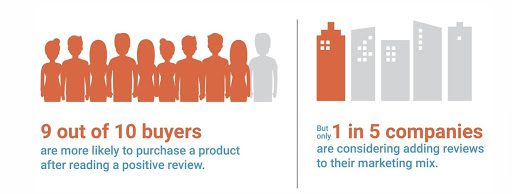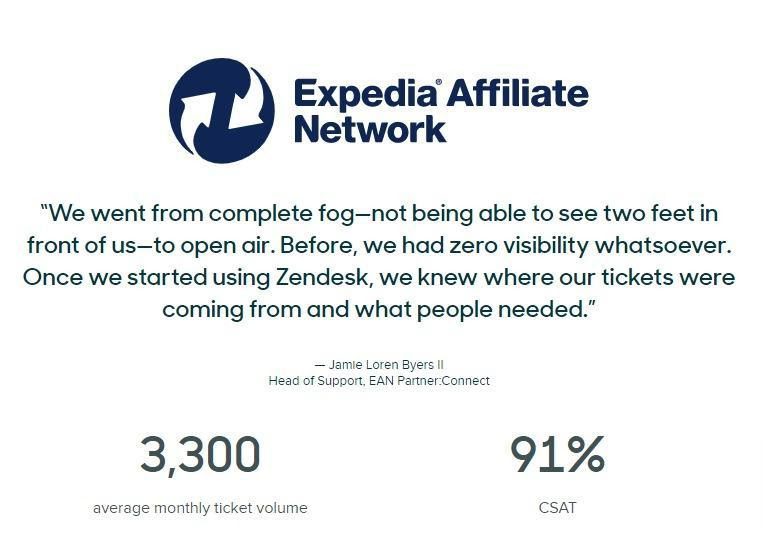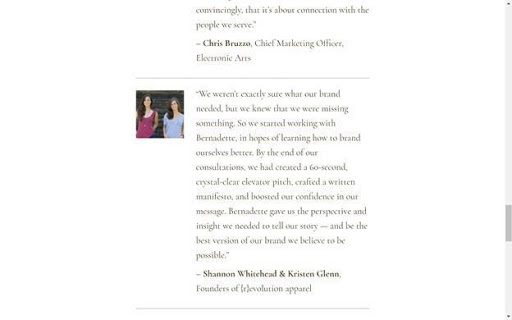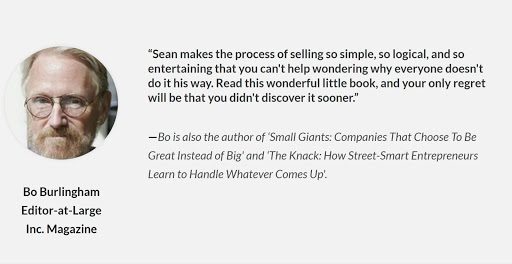How to Upgrade Your B2B Customer Testimonials in 2021

By Shannan Seely, B2B and Healthcare Copywriter
If you were to ask any marketing expert today what is, hands down, the oldest-but-still-the-most-tremendously-useful-tactic-you-need-to-take-right-now for closing a sale, the answer is use customer testimonials.
I mean, this blog has also shared its merits.
In fact, Heinz Marketing partnered with G2 Crowd in 2017 on the topic. They conducted a study to determine how both B2B buyers and sellers use consumer reviews.
B2B folks were asked:
“Are you more likely to purchase a product or service if you have been able to read a trusted review about it?” A strong showing of 92.4% of the respondents answered yes. Pretty good validation on how valuable this social proof is for conversions.
Yet, only one out of five B2B companies are currently using reviews of their company in their marketing strategy.
Source: G2 Crowd / Heinz Marketing 2018 B2B Sales & Marketing Report
And if they haven’t used reviews already, only 19.9%, or one in five companies, are considering adding them into their future marketing program.
Back in 2014, Miles Austin of Fill the Funnel believed salespeople are foregoing customer testimonials because they:
- Don’t know how or are uncomfortable asking for them.
- 2. Don’t understand how to use them.
I revisit this because it’s 2021 and not 2014. We can do this, B2B marketers.
Need two more good reasons?
They’re the easiest form of social proof to get and the most scalable way to get customers on the record. [Source: The 2019 B2B Buying Disconnect]
“Testimonials are sought and selected by you. This means you have full control over which testimonials are used, as well as where and how they are displayed.” Sujan Patel, Content Marketing Institute blog
So how do you up your customer testimonial game?
Consider two points:
- The person giving the testimonial
- The core message of the testimonial
Choose who brags about you
A customer testimonial is more persuasive if a buyer identifies with the person behind the testimonial. Like attracts like.
Story strategist Bernadette Jiwa recommends you “show the number and calibre of customers you’ve worked with and impacted“ to begin building trust with prospective customers.
Prospective buyers are influenced by names and titles they recognize, of course. But they also seek feedback from other customers aligned to their specific type of business – industry, size, products and services. Heinz Marketing’s testimonial page is a good example.
A healthcare company wants to know what leaders in other healthcare companies think. A commercial sign company cares about the opinions of another commercial sign company’s management.
They listen to their tribe.
Review your customer list. Who are your best customers? Which ones would you love to clone? List the characteristics that make them ideal. What criteria are you seeking to add to your customer roster?
“Use a customer who perfectly fits your ideal customer persona and ask the right questions that guide them to address issues customers with similar profiles instantly identify with.” Sam Shepler, Founder of Testimonial Hero
Brief your salespeople on what a good testimonial is for you
You may have gotten haphazard help from the sales team in the past. When you’ve asked for testimonials, they delivered, but then you couldn’t use them. Why? Sam Holzman, Weidert blog, says you may not have explained the goals of your testimonials.
When you enlist a salesperson’s help, do your due diligence. Take the time and communicate clearly to him / her the customer profile in detail.
Remember, salespeople can identify the perfect candidates quicker than you can. They can also introduce you to customers they have strong relationships with to obtain the info easier.
You’re almost ready to reach out and request a testimonial. But before you pick up the phone, consider what you need to say in the testimonial’s core message.
How to upgrade the content quality of your testimonials
How do you make the customer testimonial as powerful as it can be? You take the same steps as if you were creating good content, which you are.
First, you recognize every good customer testimonial tells a story.
When the narrative explains how you’ve helped a customer solve their problem, two things happen:
- The customer reinforces in his mind the benefits of buying from you.
- The prospective customer’s concern (ruminating in his mind) is addressed. The content validates you can solve his problems too.
Do some strategy soul-searching
”Decide what you want your testimonials to say and the effect you want them to have on your customers. This will help you decide how best to collect and display your testimonials.” Sam Stemler, Boast blog
Good testimonials need to “illustrate what makes your company unique.” What makes your company and products stand apart from the rest? What do you offer that your competitors don’t?
Take a look at this testimonial for Zendesk:
Prospects tend to read customer testimonials toward the consideration stage. Zendesk’s customer testimonial seems authentic (a big bonus on the persuasive-worthy scale). Sharing the data like the customer satisfaction score (CSAT) also supports the claim.
Ask the right questions
Ask questions to flesh out the customer’s journey, their objections, their pain points, and the positive results they experienced.
This is how two founders described working with Bernadette Jiwa:
The best set of questions I’ve found for customer testimonials are from Sean D’Souza, marketing strategist and author (hat tip to Hotjar).
Collect persuasive testimonials by asking Sean D’Souza’s six questions:
- What was the obstacle that would have prevented you from buying this product / service?
- What did you find as a result of buying this product / service?
- What specific feature did you like most?
- What are some other benefits of this product / service?
- Would you recommend this product / service? If so, why?
- Is there anything you’d like to add?
Source: Hotjar
Sean talks about the power in testimonials, and he should know. He claims he has over 800 testimonials for his book, The Brain Audit: Why Customers Buy (And Why They Don’t).
Effective testimonials like this one are prominent on his website: Psychotactics
It’s 2021. You can up your customer testimonial game. When you gather a testimonial, pay attention to:
- The person giving the testimonial
- The core message of the testimonial
Shannan Seely is a freelance B2B and healthcare copywriter leading Seely Marketing Communications. She’s obsessed with crafting messages customers read, understand, and emotionally respond to. Earlier in her career, she experienced good and mediocre cuisine as a multi-state B2B field sales manager. You can follow Shannan @ShannanSeely









